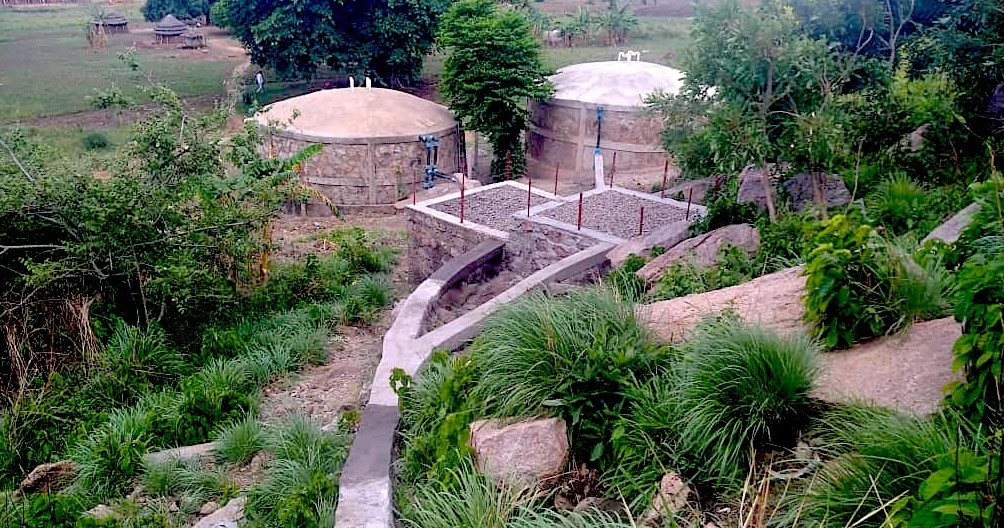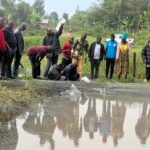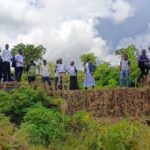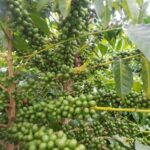Scaling up rainwater harvesting initiatives for improved access to potable water

Article by Anne Birungi Kikundwa
Northern Uganda is a region blessed with abundant rainfall. If properly managed, it has the potential to remove the burden of communities suffering from the lack of access to potable water during the dry season. However, the practice of rainwater harvesting in the region has remained minimal partly due to lack of hard roofs in many households, high costs for rainwater harvesting infrastructure, and limited skills to tap into a variety of water harvesting technologies.
Within this context, AidEnvironment with support from the WASH SDG – Uganda WASH Alliance sub-programme and the Rotary Club, has implemented a rainwater harvesting initiative, involving ‘‘rock catchments’’ to increase access to potable water in communities in the Agago district in Northern Uganda.
Context
These communities are situated in a post-conflict context. They are strongly dependent on external aid, and lack technical skills. There is poor access to functioning water supply services and water sources are non-functioning due to abandonment during decades of war. Many conventional boreholes were not maintained.
Opportunity for Intervention
Geological conditions and abundant but erratic rainfall favor the construction of rock catchments to aid in concerns around water access.
The initiative being implemented by AidEnvironment and partners involves harvesting rainwater water from rock outcrops. Run-off water from the rock surface is channelled to the reservoir by pipes. The rainwater harvesting system is designed so that rainwater falling on the rock outcrop is channelled and directed to a reservoir (100,000 litre tank) through a filtration chamber. The tank is connected to tap stands that distribute water to the community. More than 1,500 people benefit from the project, including school children.
However, this water is readily available only during the rainy season because it is usually drained a few weeks after the dry season sets in. The village has one borehole constructed at the nearby secondary school, but this does not solve the water scarcity problem.
Due to the big population fetching water from a unit source, the borehole breaks down frequently thereby forcing people to get water from unprotected water points or move long distances to the next protected source. The village is mostly occupied by grass thatched homes making it hard to practice domestic roof water harvesting
Given these challenges, AidEnvironment has embarked on scaling up the systems as it is seen as a relief to the water stress in the area.
Impact
With these systems in place, the community is happy to gain access to clean and safe water. They highlight that it has allowed them to save time for other activities like farming and social group gatherings for credit and saving schemes.
The team has noticed interest from the government and other organizations and hope that there will be replication efforts in Northern Uganda and other regions endowed with rocks.




